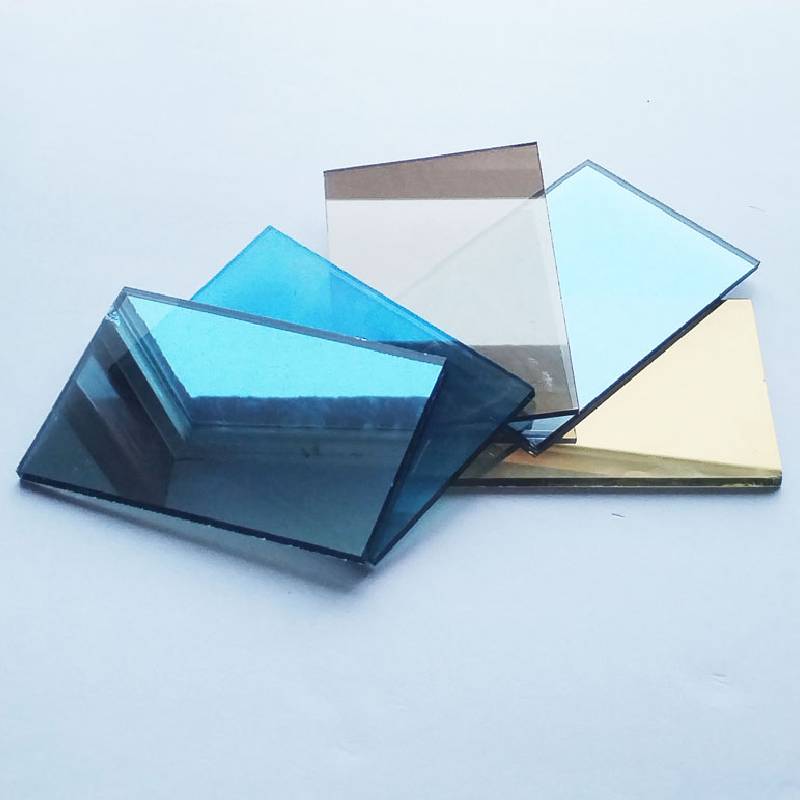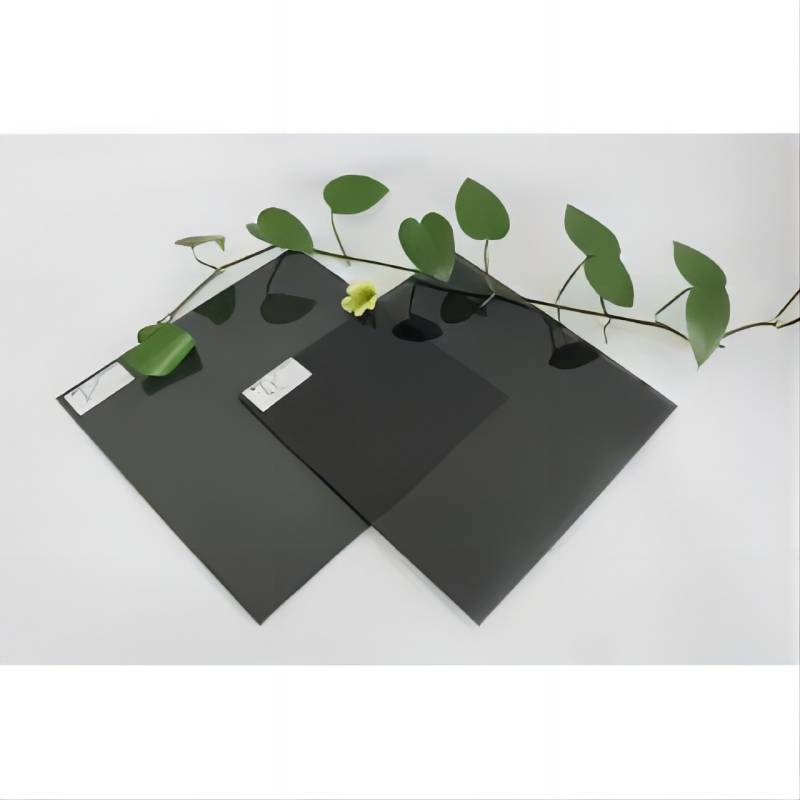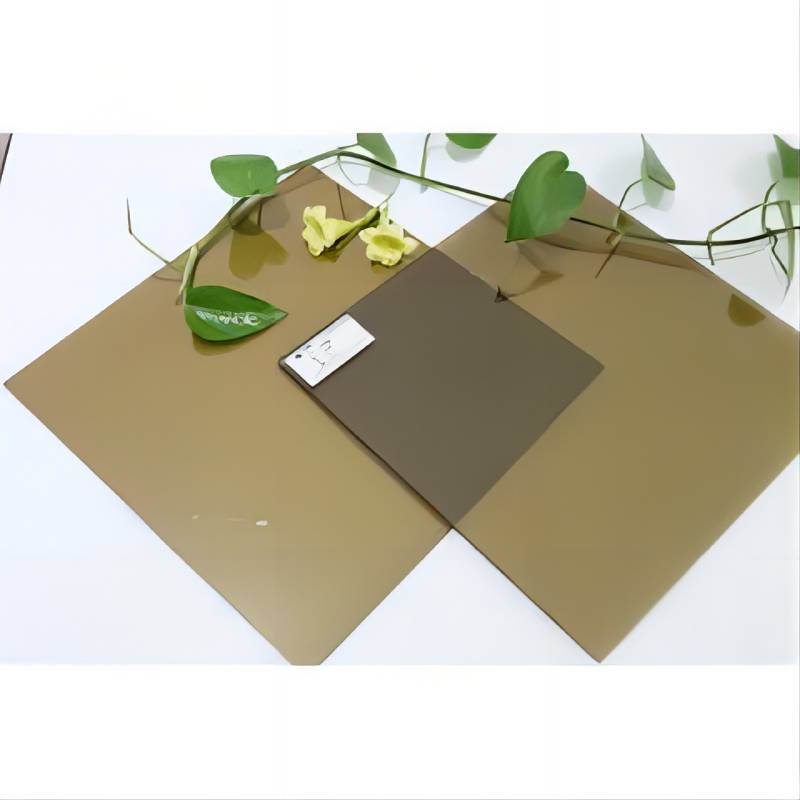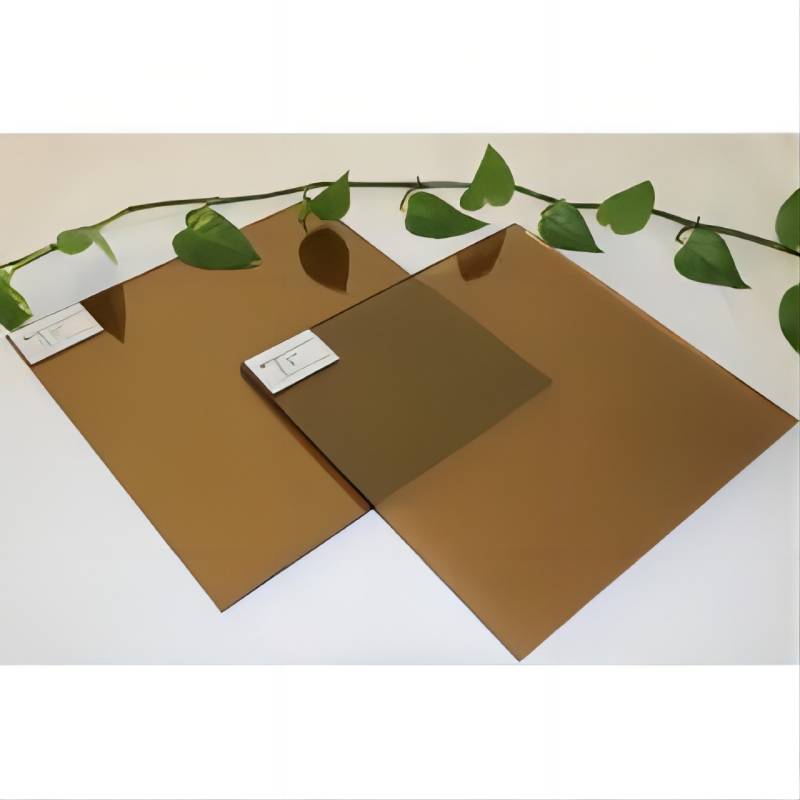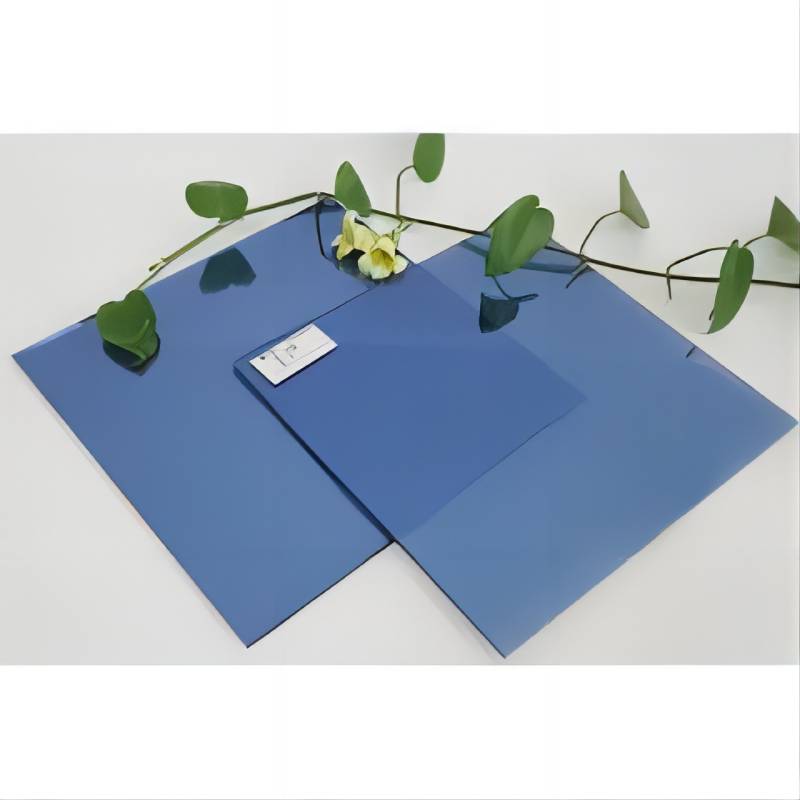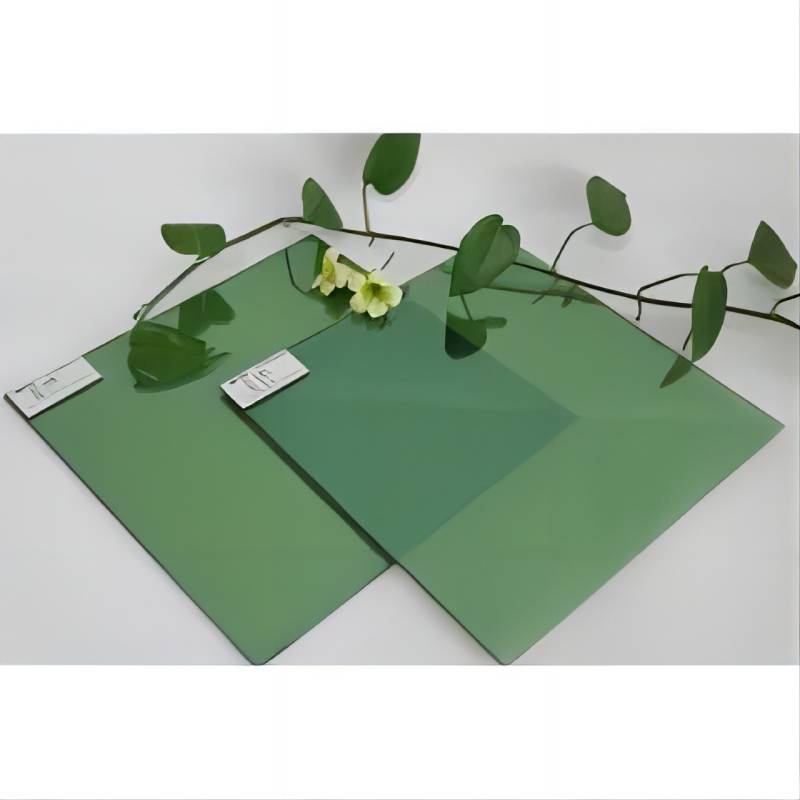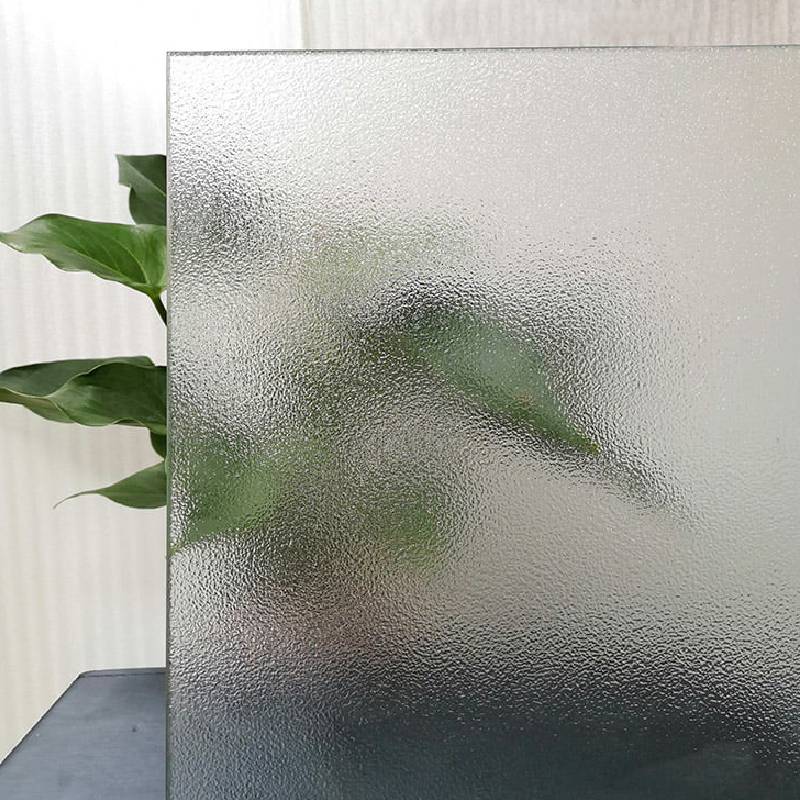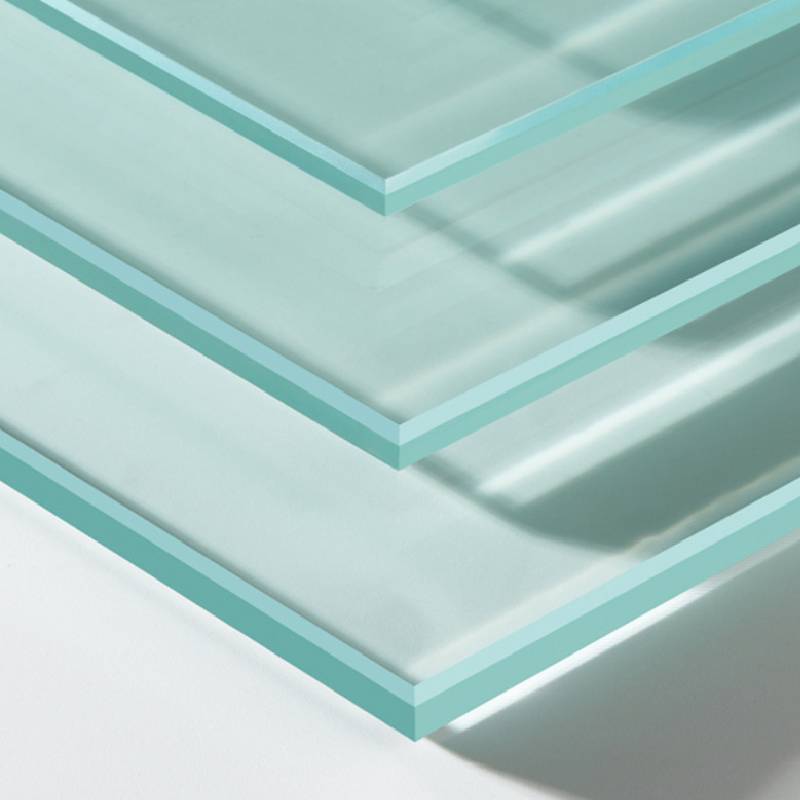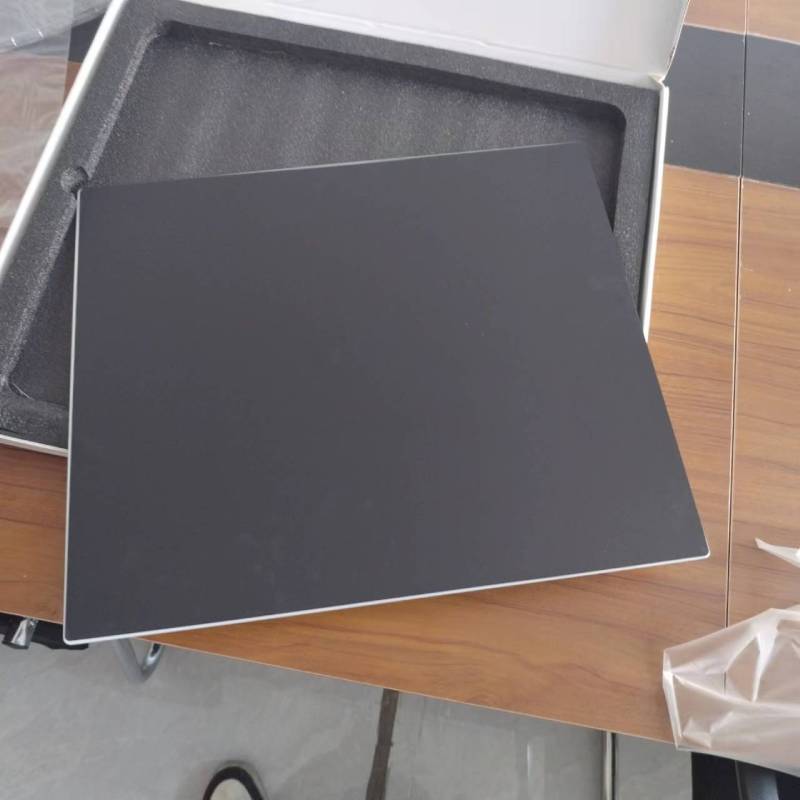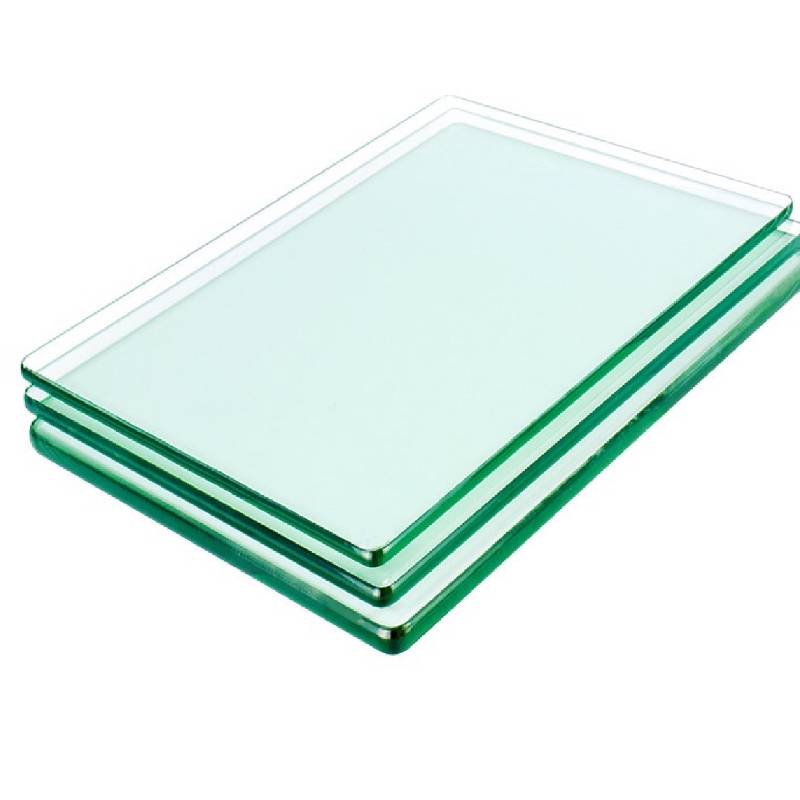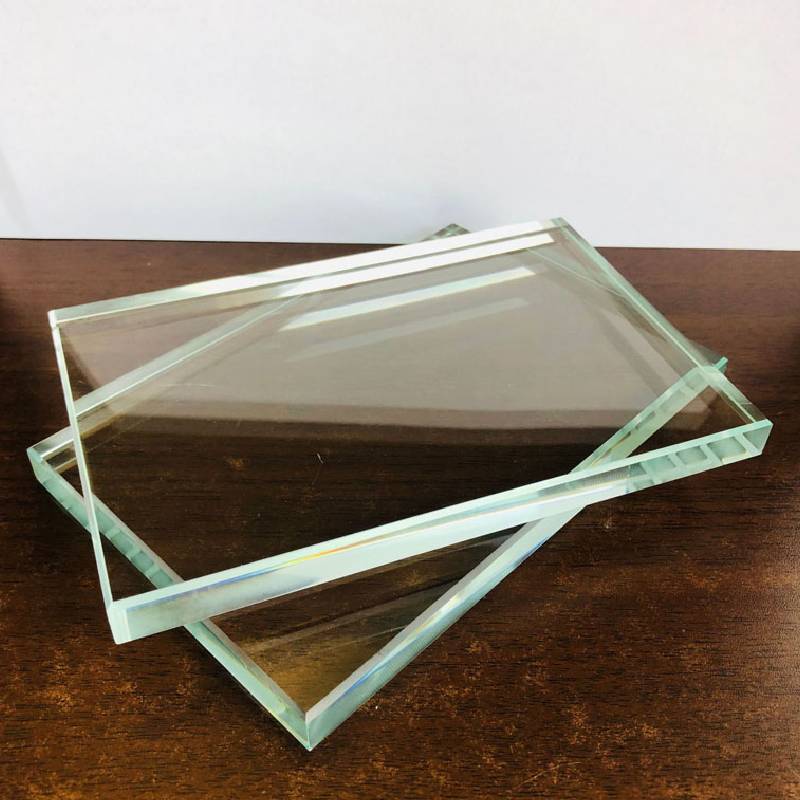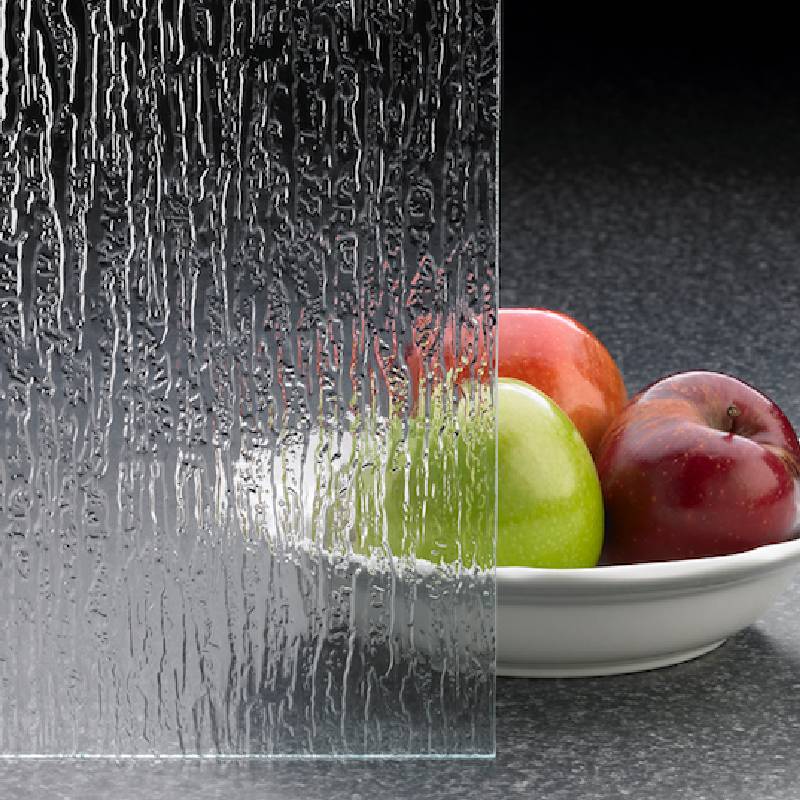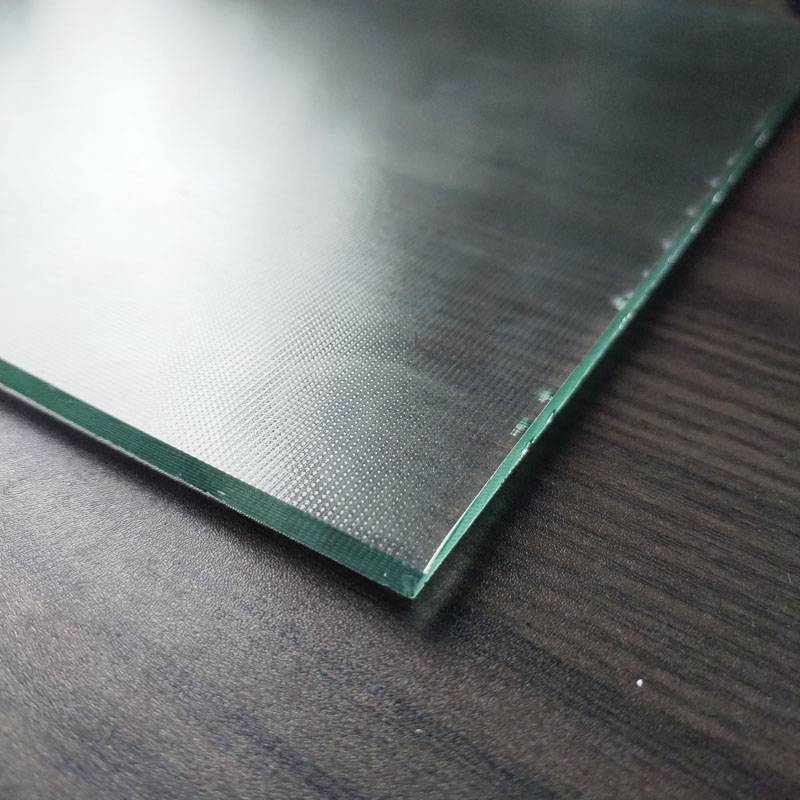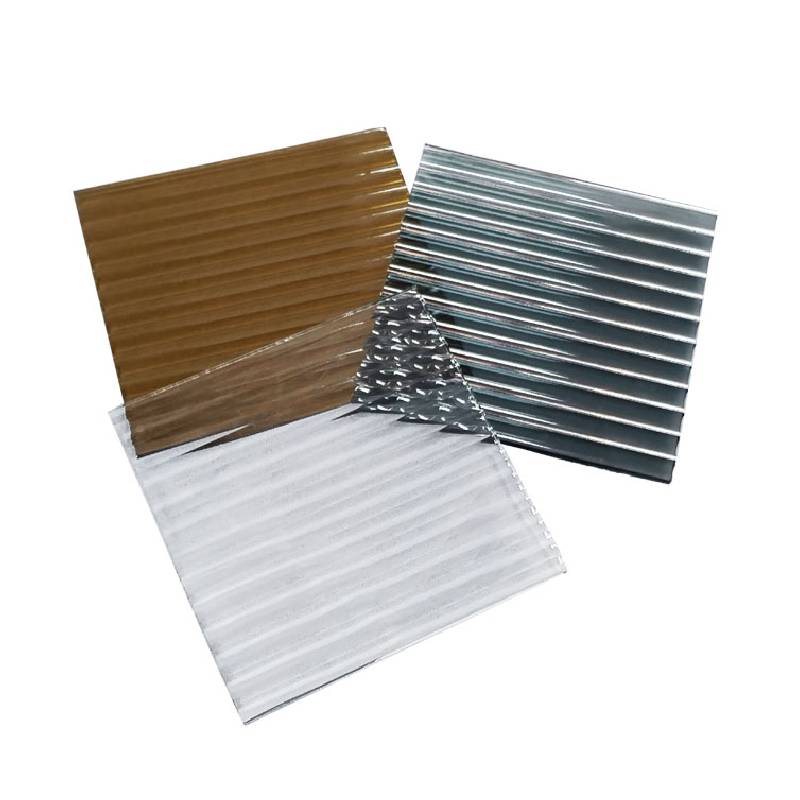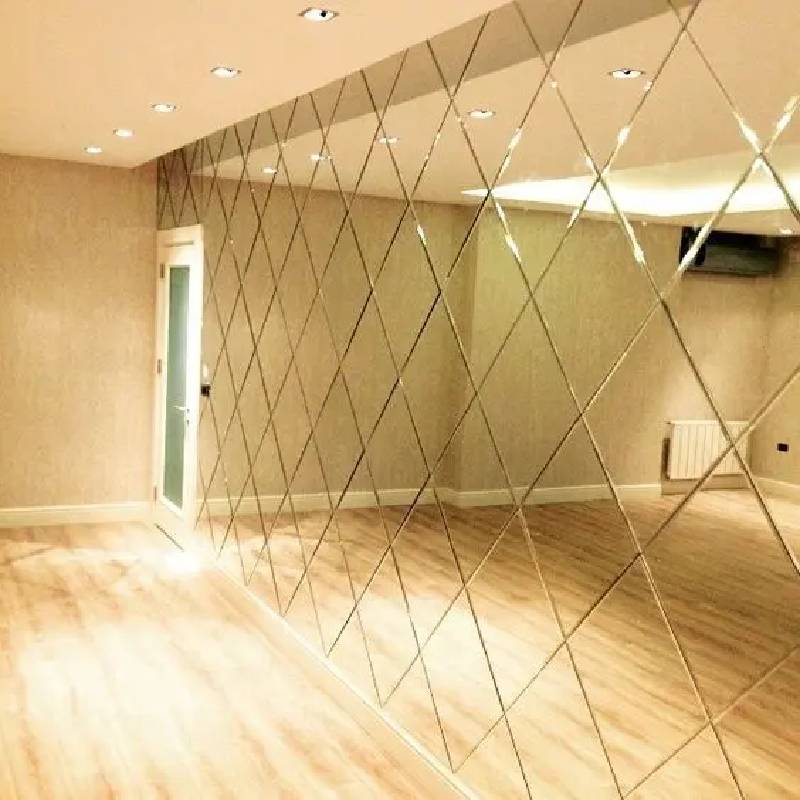Type: light blue reflective glass, dark blue reflective glass, light green reflective glass (French green reflective glass), dark green reflective glass (emerald green reflective glass), brown reflective glass, bronze reflective glass, European gray reflective glass, dark Gray reflective glass, black reflective glass, gold reflective glass, silver reflective glass,
Thickness: 4mm, 5mm, 6mm.
Size: 1830*2440, 2140*3300, 2140*3660, 2140*1650, 2250*3300, 2250*3660, 2440*3660.
Color reflective glass is manufactured through a process known as vacuum sputtering or magnetron sputtering. This method involves depositing metallic oxides onto the surface of clear or tinted glass in a vacuum chamber. By controlling the composition and thickness of these metallic coatings, manufacturers can achieve a wide range of colors and reflective properties.
During the sputtering process, the glass substrate is placed in a vacuum chamber along with targets made of the desired metal oxides, such as titanium, zinc, or silicon. High-voltage electrical currents are then applied to the targets, causing atoms to be ejected and deposited onto the glass surface. The thickness and composition of these coatings determine the color and reflective characteristics of the glass.
Several parameters play a crucial role in determining the performance and appearance of color reflective glass:
- Visible Light Transmission (VLT): VLT refers to the percentage of visible light that passes through the glass. Different applications may require varying levels of VLT to control glare and brightness indoors.
- Solar Reflectance: This parameter measures the ability of the glass to reflect solar radiation, helping to reduce heat gain and energy consumption in buildings.
-
- U-Value: The U-value indicates the rate of heat transfer through the glass. Low U-values signify better insulation properties, contributing to energy efficiency in buildings.
-
- Color Rendering Index (CRI): CRI measures the ability of a light source to accurately reveal the colors of objects compared to natural light. High CRI values are desirable for applications where color fidelity is important, such as museums or retail spaces.
-
Color reflective glass finds applications across various sectors, thanks to its aesthetic appeal and functional properties:
- Architectural Facades: Reflective glass facades add a contemporary touch to buildings while improving energy efficiency by reducing solar heat gain. The reflective surfaces also create dynamic visual effects, especially in urban landscapes.
- Interior Design: In interior spaces, color reflective glass can be used for partitions, doors, and decorative elements to enhance natural light distribution and create visually striking environments.
- Automotive Industry: Reflective glass coatings are utilized in automotive windows to improve visibility, reduce glare, and enhance the overall appearance of vehicles. Additionally, they help regulate interior temperatures, improving comfort for passengers.
- Electronics: Color reflective glass is integral to the production of display panels for electronic devices such as smartphones, tablets, and televisions. The reflective coatings enhance screen clarity and color vibrancy, providing an optimal viewing experience for users.
- Solar Panels: Some variants of color reflective glass are engineered for use in photovoltaic solar panels, where they serve as protective layers while also optimizing light absorption for electricity generation.
 African
African  ChiAlbanian
ChiAlbanian  ChiAmharic
ChiAmharic  ChiArabic
ChiArabic  ChiArmenian
ChiArmenian  Azerbaijani
Azerbaijani  ChiBasque
ChiBasque  Chiberaruzi
Chiberaruzi  ChiBengali
ChiBengali  ChiBosnian
ChiBosnian  ChiBulgarian
ChiBulgarian  Katarani
Katarani  Cebuano
Cebuano  Kosikeni
Kosikeni  ChiCroatian
ChiCroatian  ChiCzech
ChiCzech  ChiDanish
ChiDanish  ChiDutch
ChiDutch  Chirungu
Chirungu  Esiperando
Esiperando  ChiEstonian
ChiEstonian  ChiFinish
ChiFinish  ChiFrench
ChiFrench  Frisian
Frisian  ChiGalician
ChiGalician  ChiGeorgian
ChiGeorgian  ChiJerimani
ChiJerimani  ChiGiriki
ChiGiriki  ChiGujarati
ChiGujarati  Kiriyoro yeHaiti
Kiriyoro yeHaiti  ChiHausa
ChiHausa  Chihawayi
Chihawayi  ChiHebhuru
ChiHebhuru  kwete
kwete  Miao
Miao  ChiHungarian
ChiHungarian  ChiIcelandic
ChiIcelandic  igbo
igbo  ChiIndonesian
ChiIndonesian  ChiIrish
ChiIrish  ChiItalian
ChiItalian  ChiJapanese
ChiJapanese  ChiJavanese
ChiJavanese  ChiKannada
ChiKannada  Kazaki
Kazaki  Khmer
Khmer  Rwandan
Rwandan  ChiKorean
ChiKorean  ChiKedhi
ChiKedhi  Kiyagizi
Kiyagizi  TB
TB  Ratini
Ratini  ChiLatvian
ChiLatvian  Ritunia
Ritunia  Rukusembogi
Rukusembogi  ChiMacedonian
ChiMacedonian  Malgashi
Malgashi  ChiMalay
ChiMalay  ChiMalayalam
ChiMalayalam  ChiMaltese
ChiMaltese  Maori
Maori  ChiMarati
ChiMarati  ChiMongoria
ChiMongoria  Mayanima
Mayanima  ChiNepali
ChiNepali  ChiNorwegian
ChiNorwegian  ChiNorwegian
ChiNorwegian  Occitan
Occitan  Pashito
Pashito  ChiPersian
ChiPersian  ChiPolish
ChiPolish  ChiPutukezi
ChiPutukezi  Punjabi
Punjabi  ChiRomanian
ChiRomanian  ChiRussian
ChiRussian  Samoan
Samoan  ChiGaelic cheScottish
ChiGaelic cheScottish  ChiSebhiya
ChiSebhiya  Chirungu
Chirungu  Shona
Shona  ChiSindhi
ChiSindhi  Sinhala
Sinhala  ChiSlovak
ChiSlovak  ChiSlovanian
ChiSlovanian  Somari
Somari  ChiSpanish
ChiSpanish  Sundanese
Sundanese  ChiSwahili
ChiSwahili  ChiSwedish
ChiSwedish  ChiTagalog
ChiTagalog  Tajik
Tajik  ChiTamil
ChiTamil  Tatar
Tatar  ChiTelugu
ChiTelugu  ChiThai
ChiThai  Turkish
Turkish  ChiTeki
ChiTeki  Ukrainian
Ukrainian  Urdu
Urdu  Uighur
Uighur  Uzbek
Uzbek  Vietnamese
Vietnamese  Welsh
Welsh  Help
Help  Yiddish
Yiddish  Yoruba
Yoruba  Zulu
Zulu 

